15 Things Teachers Secretly Wish Parents Did at Home
Establishing consistent routines at home—like set times for homework, meals, and bedtime—can make a world of difference for children. These predictable patterns create a sense of security and help kids transition smoothly between home and school. Mirroring the structure found in classrooms, routines reduce anxiety and boost overall academic performance. Children who know what to expect are more likely to focus and thrive, both emotionally and academically. For tips on building routines that work, visit HealthyChildren.org.
Encouraging Independent Problem-Solving
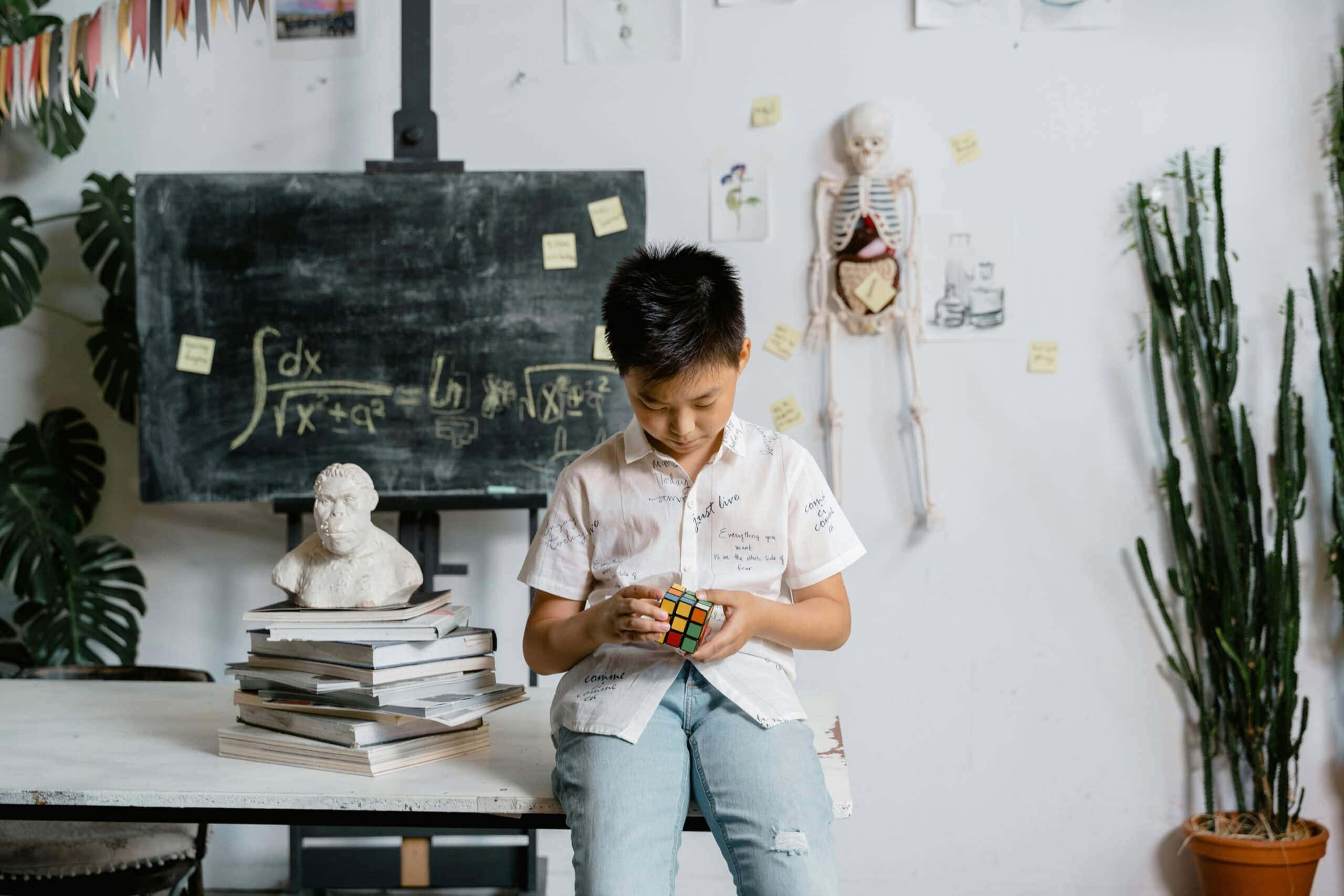
Teachers secretly wish parents would allow children to tackle everyday challenges on their own before offering assistance. Simple tasks—like packing their own school bags or working out minor disagreements with siblings—build resourcefulness and resilience. These skills transfer directly into the classroom, where students who’ve practiced independence are more confident and adaptable. Offering gentle guidance while giving space for children to try first helps them develop critical thinking.
Reading Together Regularly

Whether your child is in kindergarten or middle school, reading together—aloud or silently—remains incredibly valuable. This simple habit strengthens literacy, expands vocabulary, and fosters a lifelong love for books. When families make reading a shared activity, children develop positive associations with learning, which teachers can build upon in class. Consistent reading at home gives educators a strong foundation to reinforce reading skills more effectively.
Fostering Respectful Communication

Teachers appreciate when parents model respectful conversations at home. Using polite language, such as ‘please’ and ‘thank you,’ and demonstrating active listening and patience, helps children learn how to interact kindly with others. Resolving disagreements calmly shows kids that it’s possible to handle conflict without raised voices or harsh words. These habits lead to better communication with peers and teachers at school, creating a more positive classroom environment.
Limiting Screen Time

Setting healthy boundaries for television, tablets, and smartphones at home benefits children’s minds and bodies. Kids with limited screen time often enjoy better focus, improved sleep, and more positive behavior in class. Fewer digital distractions at home mean more time for activities that support learning, allowing teachers to maximize their teaching time. Establishing screen-free zones or setting daily limits can make a noticeable difference.
Valuing Effort Over Perfection

Teachers secretly wish parents would place more emphasis on effort, persistence, and progress rather than just perfect results. Praising children for trying their best, sticking with tasks, and learning from mistakes nurtures a growth mindset. This outlook encourages kids to take risks, participate more actively, and bounce back from setbacks in the classroom. When home environments celebrate effort, teachers see students who are eager to learn and less afraid of making mistakes.
Teaching Organizational Skills
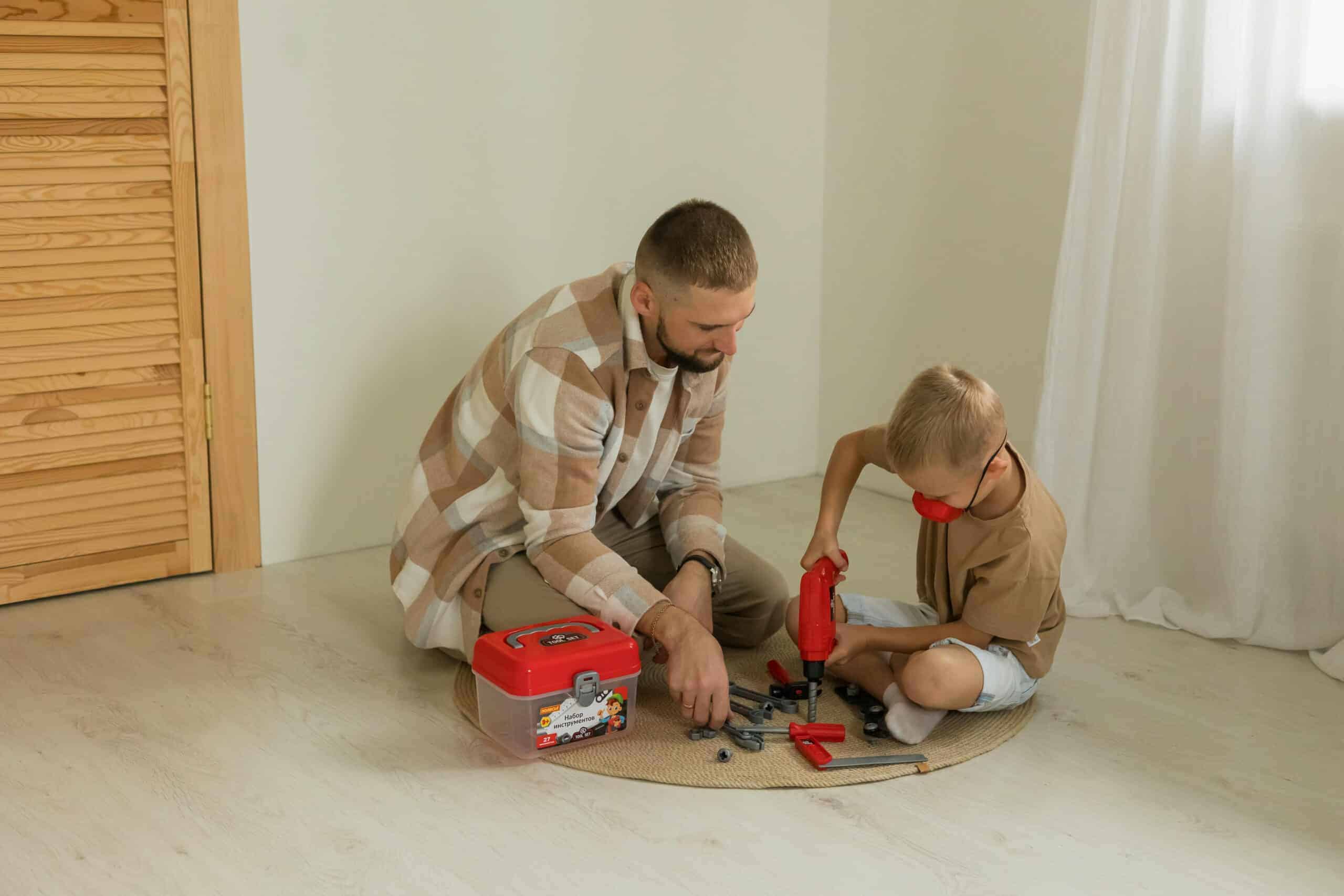
Parents play a crucial role in teaching organizational skills at home. Simple habits like using checklists, color-coded folders, or designating a specific study space help children keep track of homework, supplies, and schedules. Students who come to class prepared and can quickly find their materials are more confident and focused, enabling smoother lessons for everyone. These skills not only prevent lost assignments but also foster independence and responsibility.
Discussing School Positively

How parents talk about school and teachers at home has a powerful impact on a child’s attitude toward learning. When families speak respectfully about educators and express excitement about school activities, children are more likely to develop a supportive mindset and show respect in class. Even simple comments like “Your teacher cares about your progress” or “School helps you learn new things” reinforce the value of education.
Promoting Responsibility at Home
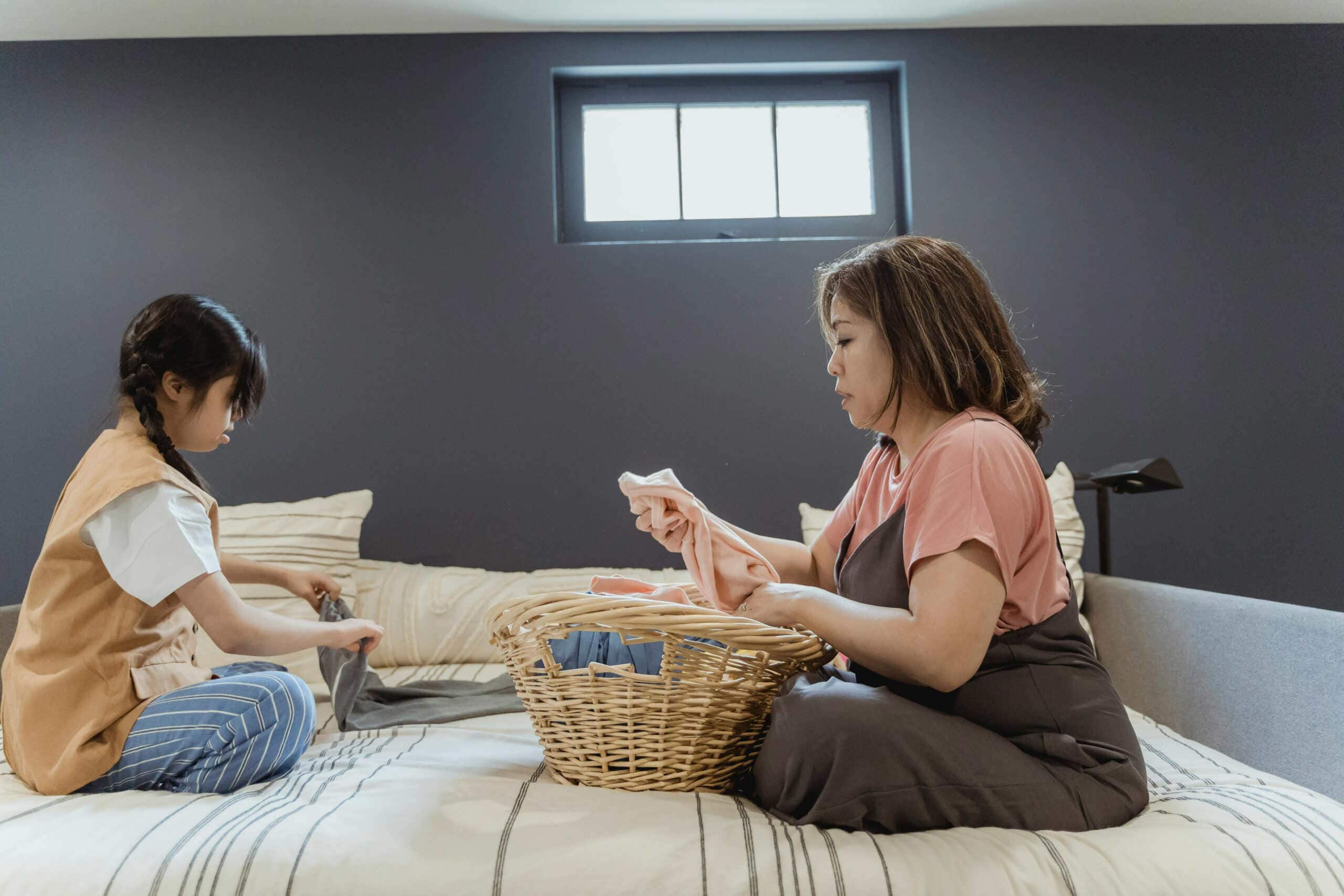
Assigning age-appropriate chores and responsibilities—such as making the bed, setting the table, or feeding pets—teaches children the value of contributing to their household. These simple tasks nurture self-reliance and accountability, qualities that translate directly into the classroom. Students who take responsibility at home are more likely to complete assignments, manage their materials, and own their actions at school. Teachers notice when children have learned to follow through with commitments.
Practicing Listening Skills

Parents can strengthen their child’s attentive listening by engaging in activities like following directions during games or having conversations about daily events. These simple practices teach children to process information, wait their turn, and respond thoughtfully. Kids who are used to listening at home find it easier to follow instructions and participate fully in classroom activities.
Modeling Kindness and Empathy

Children learn kindness and empathy by observing how their families treat others. Whether it’s offering to help a neighbor, comforting a sibling, or simply using gentle words, these actions leave a lasting impression. When kids practice empathy at home, they’re more likely to show compassion, share, and cooperate in the classroom. Teachers notice students who understand and respect others’ feelings, creating a more harmonious learning environment.
Establishing Homework Habits
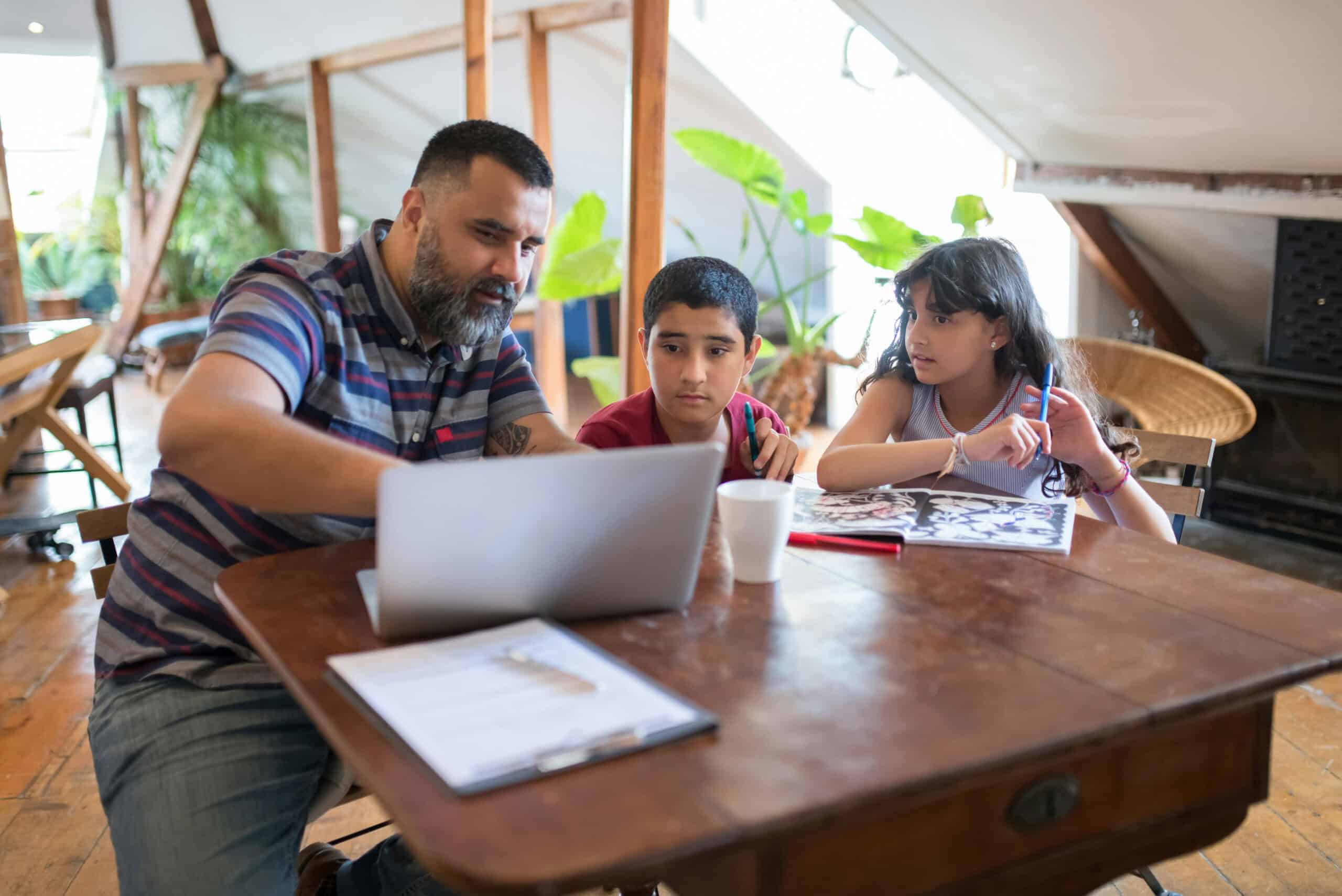
A regular homework routine—with a set time and a distraction-free space—makes a significant difference in a student’s academic life. When parents help create these habits, children are more likely to finish assignments and come to class prepared. A quiet area, away from television and devices, allows for better focus and deeper learning. Students who consistently complete their homework participate more actively in class discussions and grasp new concepts quickly.
Encouraging Curiosity and Questions

Parents can nurture curiosity by exploring nature, asking “why” and “how” questions, and researching answers together. This approach signals to children that their questions are valued and that learning is a lifelong adventure. Inquisitive kids often bring energy and creativity to classroom discussions, inspiring their peers and enriching lessons. Simple activities like visiting museums or reading about new topics at home help spark a love of discovery.
Setting Boundaries and Consistency

Clear, consistent boundaries—like set bedtimes or limits on screen use—create a sense of security for children. When rules are predictable and enforced at home, kids are less likely to challenge expectations at school. This sense of structure helps them feel safe and understand what’s expected, making classroom management much smoother for teachers.
Communicating with Teachers Proactively
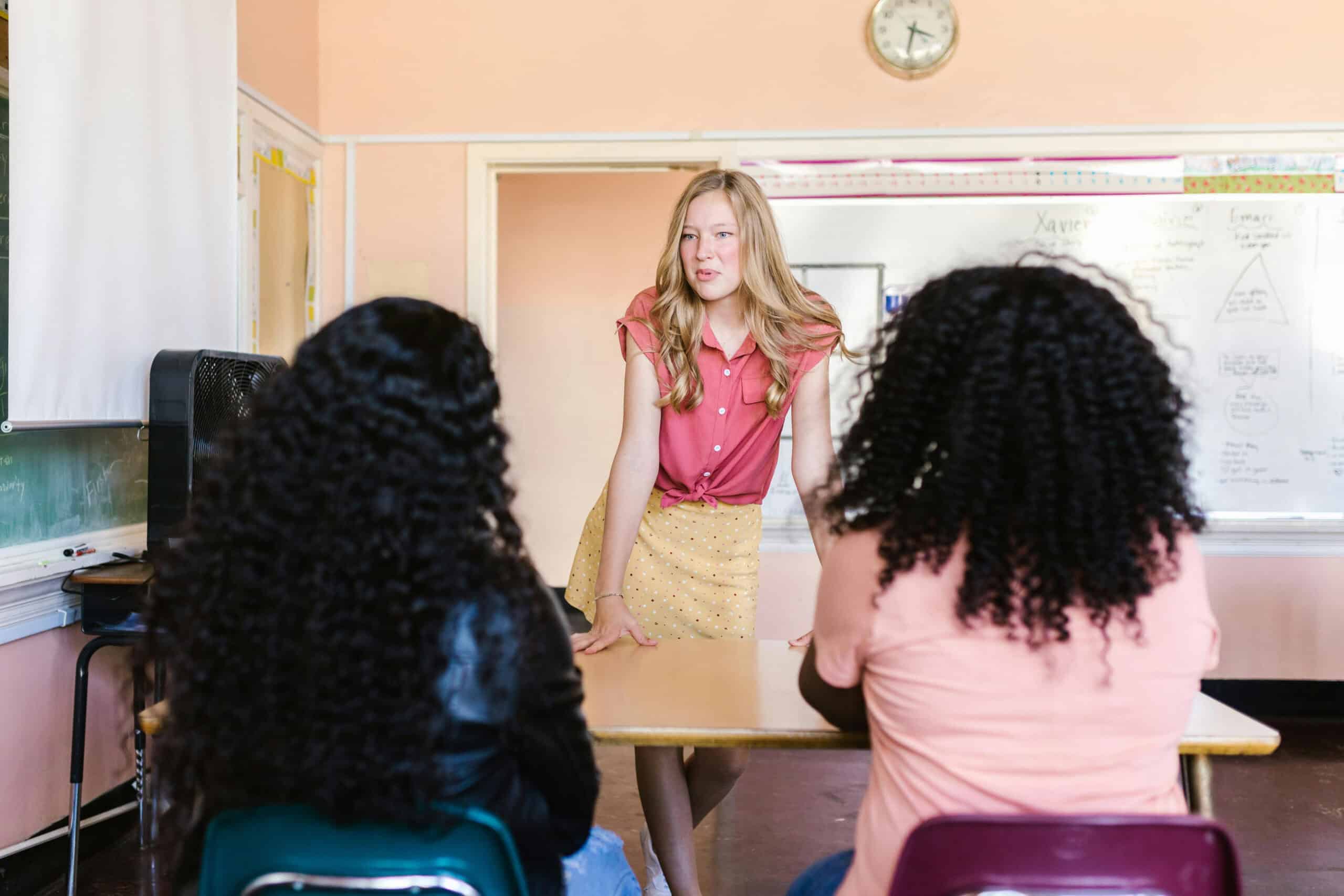
Teachers truly value when parents communicate openly about concerns, changes at home, or specific student needs. Whether it’s alerting the teacher about a family move, a new sibling, or learning challenges, this proactive sharing enables educators to provide better support. Open communication fosters a sense of teamwork and helps everyone work toward the child’s success.
Conclusion

Small, consistent efforts at home have a remarkable impact on a child’s school life. When parents set routines, foster independence, promote kindness, and communicate with teachers, they help create confident, capable, and happy learners. The partnership between home and school is the foundation for academic and emotional success. By working together, families and educators ensure every child can thrive.
.article-content-img img { width: 100% }




